Foreign Direct Investment (FDI) has almost stagnated at a lower level during the past few years. According to the latest data available, FDI has remained flat at dollar 2.76 billion during 2017-18, showing a meagre increase of only 0.8 percent over the preceding fiscal year. The biggest contributor was China from where FDI increased to dollar 1.585 billion and its share was 57 percent of the total inflows during FY18 as compared to 44 percent in FY17. The second largest FDI was received from Britain which was around dollar 278 million compared to dollar 215 million in FY17. Hong Kong, Malaysia and the US were other significant investors with investment of dollar 140 million, dollar 127 million and dollar 92 million, respectively. The sector-wise information released by the State Bank showed that the biggest attraction was power sector as the inflows in this sector reached dollar 885 million in FY18 as compared to dollar 700 million in the previous year. The inflows for construction industry also attracted a large amount of dollar 707 million as compared to dollar 446 million in the preceding year. It may be noted that this industry has been receiving massive FDI during the last three years. Oil and gas exploration sectors received dollar 194 million of FDI as compared to dollar 146 million in the previous year. The telecom sector attracted investment of dollar 72 million as against the net outflow of dollar 91 million in FY17. On the other hand, FDI inflows in food sector were reduced significantly from dollar 525 million in FY17 to dollar 105 million in FY18. This was mainly due to a large investment of dollar 450 million in Engro Foods by a Dutch Company. The financial sector also received a lower investment of dollar 276 million compared to dollar 296 million in the previous year.
From the latest data about the FDI, it is very clear that except for China, investment from other countries has either stagnated or declined during FY18. The rise in investment from China may be due to CPEC and very cordial relations between China and Pakistan. It also needs to be recognized that FDI in Pakistan is very low as compared to the size of its economy, opportunities of investment in the country and flow of investment to most of the other countries in the region. This is sad because FDI not only mirrors the confidence of foreign investors but benefits the economy of the country immensely. The stagnation in FDI could be attributed to a number of reasons. The industrial infrastructure in the country has always been poor, but of late, factors like uncertainty on the political front and about economic policies, low credit rating, shortage of gas and power and their high rates, perception of corruption, greater unease of doing business and consistent fall in foreign exchange reserves of the country leading to apprehension about the repatriation of dividends has scared away foreign investors to a great extent. Another depressing aspect is that the present situation is not likely to improve anytime soon. Foreign investors would like to watch and evaluate the unfolding situation before making any commitments. Foreign investors would also like to be more cautious as economies of most of the developed countries are getting out of recession, providing more opportunities of investment in their home countries.
The stagnation of FDI at such a low level is, of course, a bad news for the country. Starved of resources, Pakistan was largely banking on FDI to accelerate economic growth, create employment and reduce poverty. On the other hand, it should be clear by now that FDI would not be attracted easily unless and until the inhibiting factors are not removed from the scene. To start with, necessary infrastructure needs to be vastly improved and ease of doing business needs to be guaranteed. Also important is the requirement of macroeconomic stability, particularly the repayment capacity of the country and maintenance of foreign exchange reserves at an adequate level. Obviously, if the overall environment becomes conducive for FDI, Pakistan could also become a favourable destination of foreign investment.
BR100
15,186
Increased By
82.6 (0.55%)
BR30
42,842
Increased By
223 (0.52%)
KSE100
149,361
Increased By
1164.3 (0.79%)
KSE30
45,552
Increased By
281.7 (0.62%)


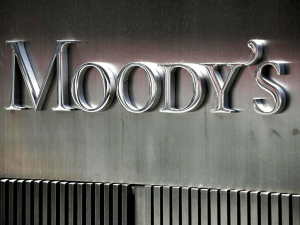



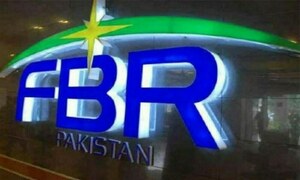
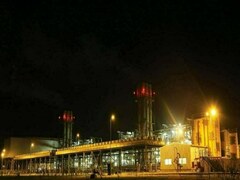



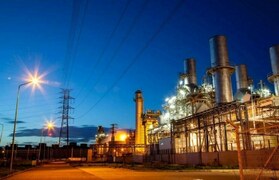





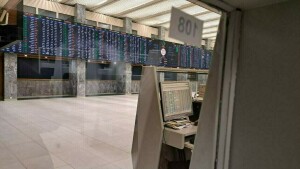
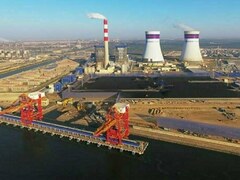


Comments
Comments are closed.